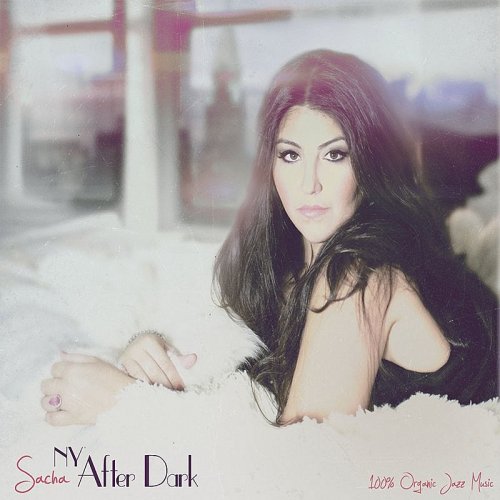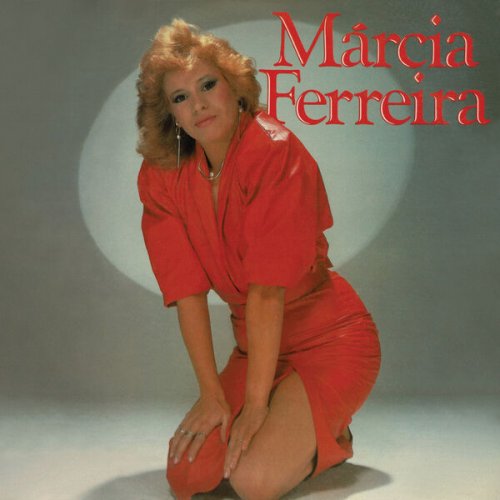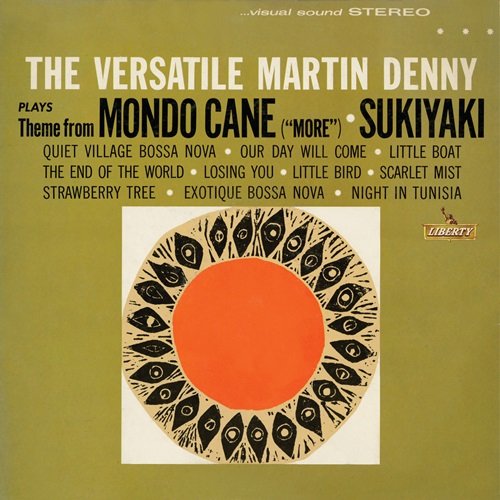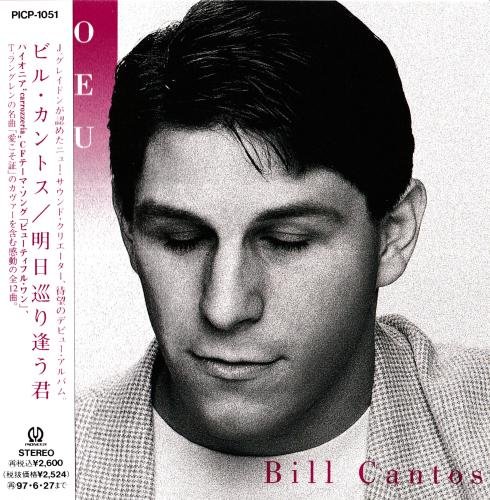Quadro Hypothesis - Bach - La fantasia della ragione (2009)
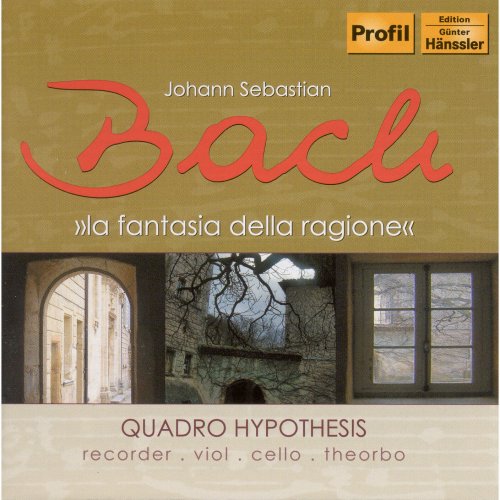
Artist: Quadro Hypothesis
Title: Bach - La fantasia della ragione
Year Of Release: 2009
Label: Profil
Genre: Classical
Quality: FLAC (tracks + booklet)
Total Time: 1:00:13
Total Size: 304 MB
WebSite: Album Preview
Tracklist:Title: Bach - La fantasia della ragione
Year Of Release: 2009
Label: Profil
Genre: Classical
Quality: FLAC (tracks + booklet)
Total Time: 1:00:13
Total Size: 304 MB
WebSite: Album Preview
1. Quadro Hypothesis – Trio Sonata No. 5 in C major, BWV 529: I. Allegro (05:12)
2. Quadro Hypothesis – Trio Sonata No. 5 in C major, BWV 529: II. Largo (05:28)
3. Quadro Hypothesis – Trio Sonata No. 5 in C major, BWV 529: III. Allegro (03:54)
4. Quadro Hypothesis – Trio Sonata in G major, BWV 1039: I. Adagio (03:44)
5. Quadro Hypothesis – Trio Sonata in G major, BWV 1039: II. Allegro ma non presto (03:59)
6. Quadro Hypothesis – Trio Sonata in G major, BWV 1039: III. Adagio e piano (02:41)
7. Quadro Hypothesis – Trio Sonata in G major, BWV 1039: IV. Presto (03:32)
8. Quadro Hypothesis – Fugue in C major, BWV 952 (02:01)
9. Quadro Hypothesis – 6 Preludes and Fugues, K. 404a: I. Adagio (03:01)
10. Quadro Hypothesis – 6 Preludes and Fugues, K. 404a: II. Fuga (after BWV 853) (03:48)
11. Quadro Hypothesis – 6 Preludes and Fugues, K. 404a: III. Adagio (01:56)
12. Quadro Hypothesis – 6 Preludes and Fugues, K. 404a: IV. Fuga (after BWV 883) (03:32)
13. Quadro Hypothesis – 6 Preludes and Fugues, K. 404a: V. Adagio (02:20)
14. Quadro Hypothesis – 6 Preludes and Fugues, K. 404a: VI. Fuga (after BWV 882) (03:14)
15. Quadro Hypothesis – Trio Sonata in C major, BWV 1037: I. Adagio (after Mozart's Adagio in F major, K. 410) (01:07)
16. Quadro Hypothesis – Trio Sonata in C major, BWV 1037: II. Alla breve (03:12)
17. Quadro Hypothesis – Trio Sonata in C major, BWV 1037: III. Largo (01:45)
18. Quadro Hypothesis – Trio Sonata in C major, BWV 1037: IV. Gigue (05:37)
You know when you encounter an ensemble name like Quadro Hypothesis that you are going to be in speculative territory, and so it is with this Italian-German release. On the program is music by Bach, and by Mozart transcribing or imitating Bach, all of it transcribed for a quartet consisting of a recorder, an unusual viol (the lyra viol or discant viol), a cello, and a theorbo or lute. Bach certainly transcribed his own music often, and although he never used an ensemble precisely like this one, the group works well enough for both trio-sonata and keyboard textures, and it's not out of the question that people played Bach this way in the eighteeth century. Historical performance per se, however, is not what the group is after. Instead, it takes as its point of departure Nikolaus Harnoncourt's contention that music and speech were closely linked in Baroque rhetoric, that players of the time intended to play "as if speaking," but that, paradoxically, music constituted a realm that could express the unsaid: a realm of the fantasy of reason, to use the words with which the group titles the album. The conceptual snarl becomes dense. Why should this concept be applied specifically to the fugue, which supplies much of the music on the disc? The fugue was a continuation of older forms, not a typical example of the forms of expression that gave rise to Baroque musical aesthetics. And how do the retranscribed Mozart transcriptions, originally for string trio and probably meant as exercises of a sort, fit into the whole concept? What do they have to do with music and speech? It's all pretty hard to say. The album's chief value for many will reside in the curious sound of the high viols, which impart a shimmering quality to the texture. It's something like hearing Bach played on a music box or a glass harmonica, and Profil's sound is up to its usual standard of startling clarity.
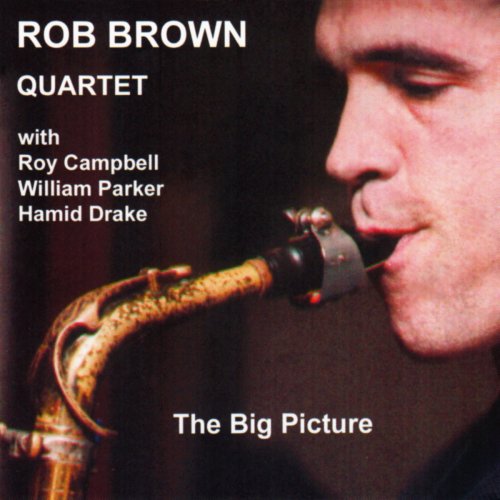
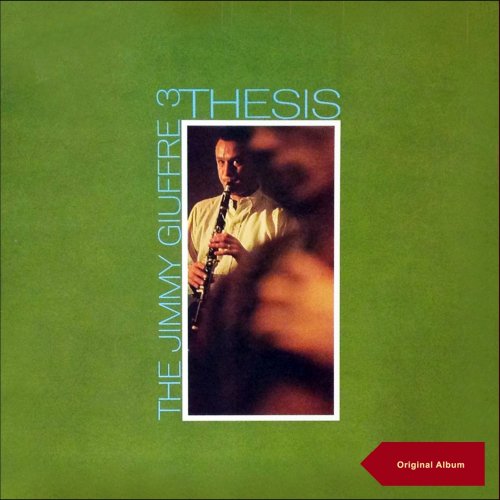
![Philippe Chrétien, Jeannot Steck - Eclipse - The Album (2025) [Hi-Res] Philippe Chrétien, Jeannot Steck - Eclipse - The Album (2025) [Hi-Res]](https://www.dibpic.com/uploads/posts/2025-12/1766208210_folder.jpg)
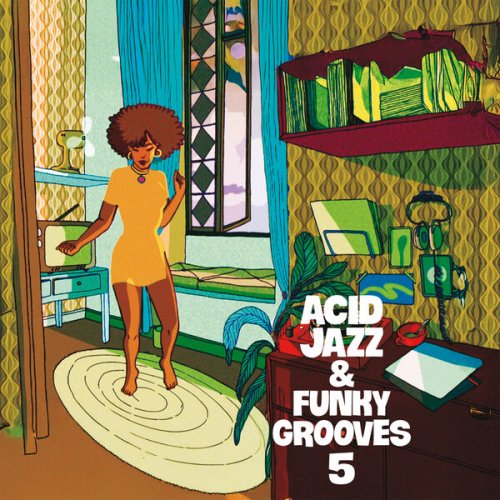
![Bryan Ferry - Bitter-Sweet (2018) [Hi-Res] Bryan Ferry - Bitter-Sweet (2018) [Hi-Res]](https://www.dibpic.com/uploads/posts/2018-11/1543491501_folder.jpg)
